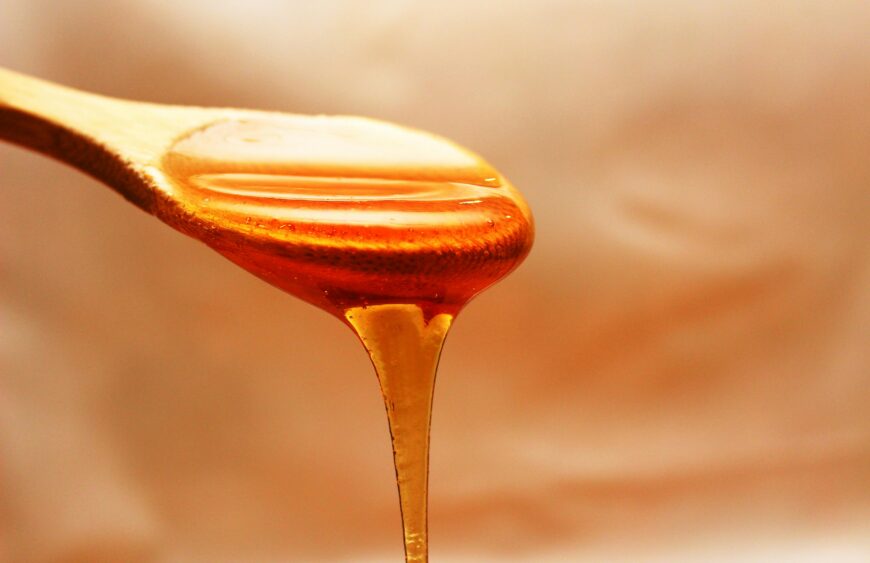Know what you're really eating — and how to choose safer options.
Even when a product looks “healthy” on the outside, it might be hiding ingredients that aren’t good for your body. Some of these are linked to inflammation, gut issues, or even long-term health problems.
In this post, you’ll learn about 7 of the most common food additives to avoid, why they’re used, what the risks are, and where they’re most often found.
What Are Food Additives?
Food additives are chemicals or substances added to food to:
Extend shelf life
Improve flavor, color, or texture
Preserve freshness
Make cheap ingredients taste better
Not all additives are dangerous. But many processed foods contain high-risk or unnecessary ones that could harm your health if consumed often.
1. Monosodium Glutamate (MSG)
Why it’s used:
Enhances flavor — especially in savory foods.
Why to avoid:
May trigger headaches, sweating, nausea, or chest tightness in some people (“MSG symptom complex”).
Linked to over-stimulation of brain receptors.
Common foods:
Instant noodles, chips, canned soups, frozen meals, flavored rice mixes, snack seasonings.
2. Artificial Food Dyes (Red 40, Yellow 5, Blue 1, etc.)
Why it’s used:
Adds bright color to make food look more appealing.
Why to avoid:
May be linked to hyperactivity in children.
Some dyes are banned in Europe but still allowed in the US.
Possible link to allergies and behavioral issues.
Common foods:
Candies, colored cereals, sodas, sports drinks, cake mixes, kids' snacks.
3. BHA & BHT (Butylated Hydroxyanisole/Butylated Hydroxytoluene)
Why it’s used:
Preservatives to prevent oils and fats from spoiling.
Why to avoid:
Classified as potential carcinogens in some animal studies.
May disrupt hormones and affect the liver.
Common foods:
Breakfast cereals, chips, processed meats, snack bars, chewing gum.
4. High-Fructose Corn Syrup (HFCS)
Why it’s used:
Cheap sweetener used in place of sugar.
Why to avoid:
Linked to weight gain, insulin resistance, and fatty liver.
May increase risk of type 2 diabetes and heart disease.
Common foods:
Sodas, ketchup, salad dressings, sweetened yogurts, packaged desserts.
5. Carrageenan
Why it’s used:
Thickener and stabilizer in dairy alternatives and processed meats.
Why to avoid:
May cause bloating, inflammation, and gut irritation.
Linked to digestive issues in sensitive individuals.
Common foods:
Almond milk, soy milk, coconut milk, deli meats, vegan cheeses.
6. Sodium Nitrite/Nitrate
Why it’s used:
Preserves color and flavor in processed meats.
Why to avoid:
When cooked at high heat, may form nitrosamines — compounds linked to cancer.
May increase risk of colon cancer with frequent consumption.
Common foods:
Bacon, ham, hot dogs, sausages, deli meats, beef jerky.
7. Propyl Gallate
Why it’s used:
Antioxidant that prevents oils from going rancid.
Why to avoid:
Possible endocrine disruptor.
May cause skin irritation or allergic reactions.
Banned in some countries.
Common foods:Processed meats, chewing gum, margarine, baked goods.
Quick Reminder: Not Every Additive = Bad
Some additives (like citric acid or ascorbic acid / vitamin C) are safe and naturally found in foods.
The goal isn’t to avoid everything — but to:
Recognize the risky ones
Limit exposure when possible
Choose whole, less-processed options
What You Can Do Instead:
Read labels carefully (check the ingredients, not just the front!)
Choose products with 5 ingredients or less
Cook more meals at home using real ingredients
Support brands that are transparent about what they use
Bonus: Better Swaps You Can Make
| Common Product | Safer Swap |
|---|---|
| Flavored chips | Baked root veggie chips or roasted chickpeas |
| Colorful cereal | Oats with fruit or unsweetened granola |
| Processed meats | Cooked chicken, tuna, or legumes |
| Sugary drinks | Infused water or herbal teas |
Final Thoughts
Food additives are everywhere — but knowledge is power. Once you know what to look for, it becomes easier to make healthier choices that protect your body in the long term.
Don’t stress over perfection. Even small swaps add up over time
Want a printable cheat sheet of additives to avoid and clean alternatives?
Let me know and I’ll prep it for your Downloadables section!






